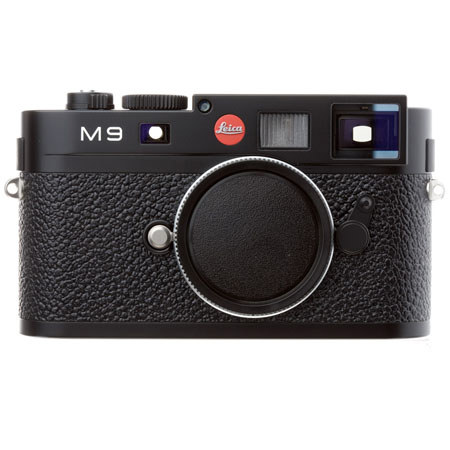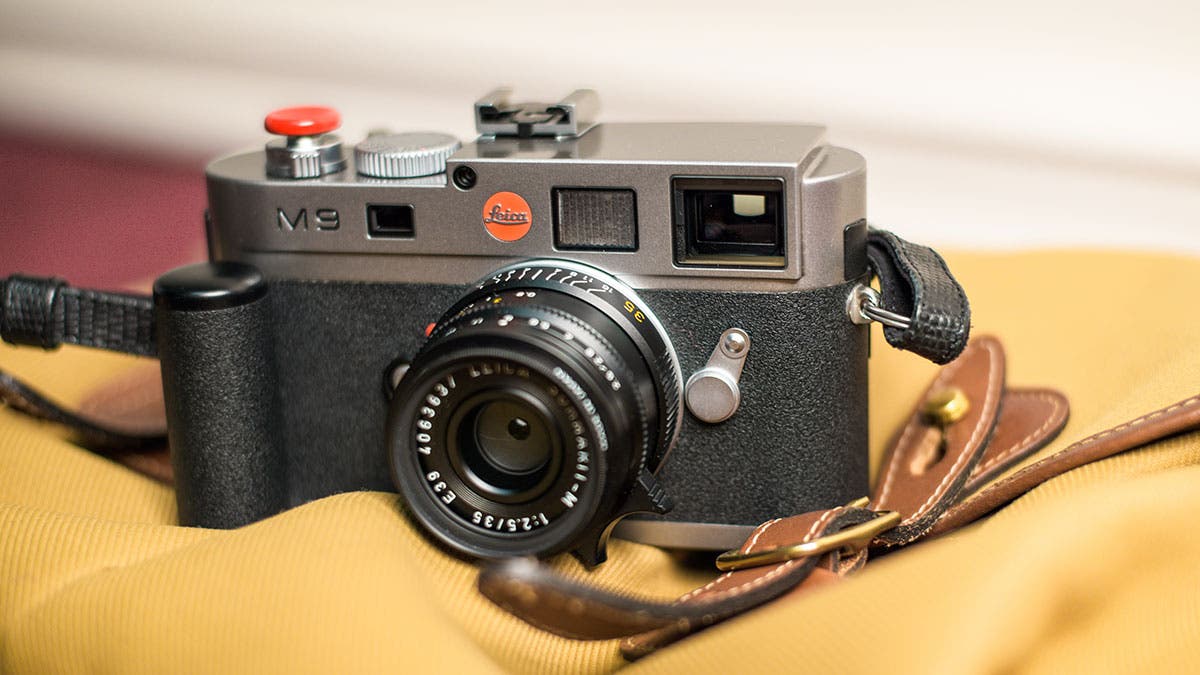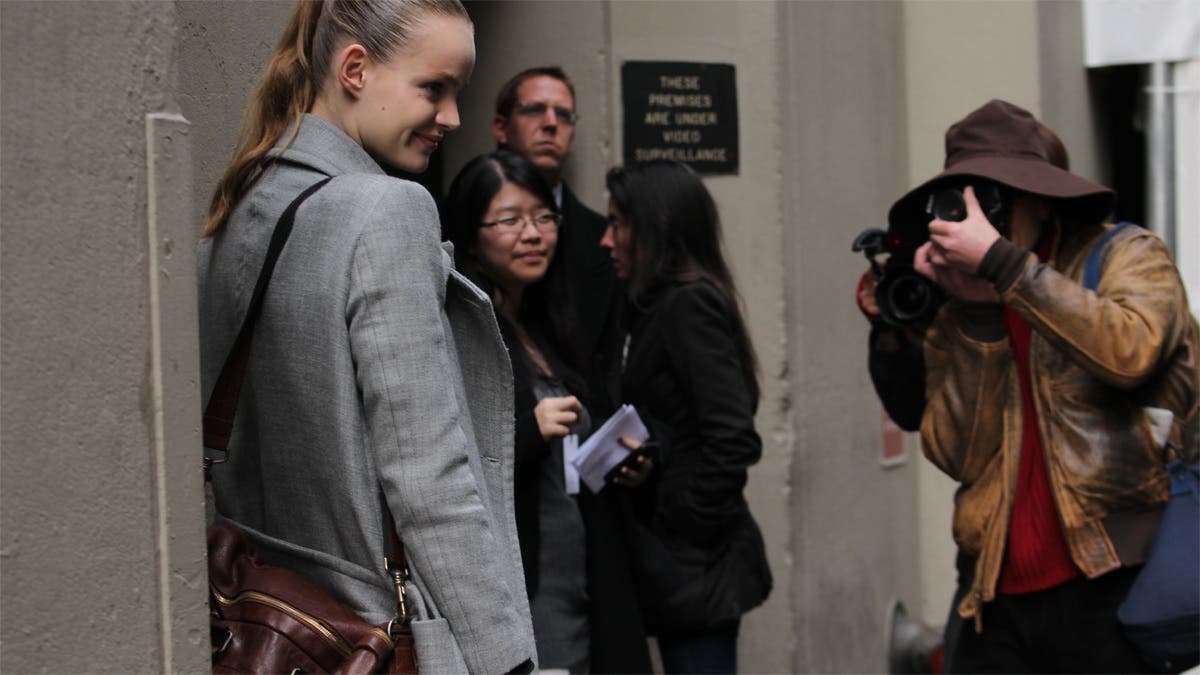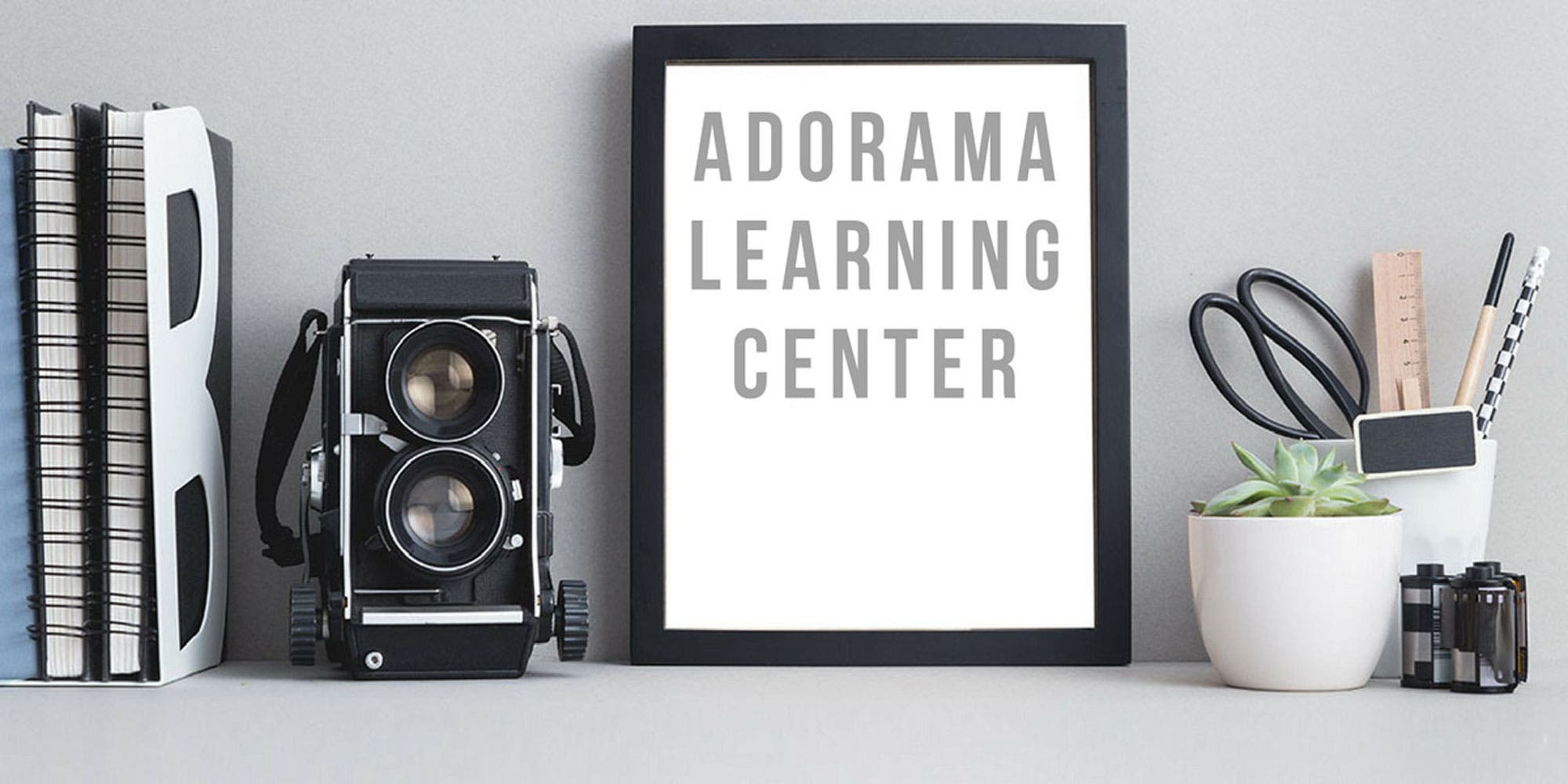
Overview
Compare
Q&A
Questions & Answers
Shopper : Is it true that the Leica M9 has some problems writing pictures to SanDisk cards? If so, what card should I use? is the Hoodman RAW card "safe"?CARLOS C : I read that statement somewhere, But personally, I use a SanDisk Extreme SDHC 16GB card 30mb/sec and never had a problem. I have shot more than 4000 pictures with it. It writes a bit slow but not an issue.MICHAEL D : I've been using Lexar Professional 16MB and they work great.JOSEPH E : I have heard these incidents - but have never experienced any card problems , regardless of brand .
Anyways I believe their latest update has eliminated your concerns .
Good Shooting,DAVID ADAM E : An older version of the firmware had trouble with some Sandisk cards, but that's been resolved with the most recent update.GARY P : I have used a SanDisk card for severel months and so far no problemsERAN R : I use the SanDisk extreme 32gb and have not had any issues at all.
Shopper : How do you usually carry this camera? around your neck or is it small enough to fit in your pocket? (with a 35mm f/1.4 or 50mm f/0.95)MITCHELL H S : I moved to the M9 from an M3 and M4. I'm still getting comfortable with the M9. I have always used a wrist straps with the earlier cameras. I find it convenient to carry and it helps steady the camera. The M9 attachment location is in the center of the baseplate rather than the right side, but it still works well for me. Carrying the M9 with handstrap is less conspicuos and less fatiguing than a neck strap. I use the M9 mostly with a 50mm Summilux f1.4. I don't think the camera and lens would fit in a pocket. It's too heavy and bulky. The handstraps are not made by Leica. They were made by Bolex. I'm not sure that they are still available.JOSEPH E : w/a strap , would never fit in my pockets .DAVID ADAM E : I carry it around my neck, or wrap the strap around my wrist.ERAN R : Neck or bag, it is way to big for any pocket.
Shopper : Is it still possible or easy to focus if I mount a 21 or 24mm on the M9 WITHOUT using an external viewfinder?NATHAN C : I shoot a 50mm lens and I have wondered this very same thing. I'm so sorry I can't help answer that question.
JOSEPH E : I own a 21 , but never use the external v.f.DAVID ADAM E : Focusing doesn't require an external viewfinder, but framing does if you want to compose more accurately.ANDREW R : My understanding is that focusing with certain wide angle lenses does require the use of an external viewfinder.
Reviews about this item
Review Summary
2012-08-24T21:00:00
Rated 4 out of 5
Expensive but enjoyable
This camera makes you work hard to get your picture right, but the results are right where you want them. It's manual. Aperture priority is as far as it goes when it comes to automation. Framing, Focus and composition require leg work, eye work and brain work, and that, probably is the essence of this camera. And the lenses that come with it... Well, they don't really "come with it". You sill have to buy them, and they come with a hefty price tag as well, but they're a charm: small, well built, great optics even on the widest aperture. Bad things about this camera? Well, on wider angles than 28mm you'll have to use an external viewfinder. On wider angles than 21mm there's a shift in colors as you come closer to the right and left edges of the frame (the image processor fixes most of it). Anything wider than 18 mm is a no go except for the wide tri-elmar at 16mm. If you like wider angles and still want a Leice, get one of the film models such as the M6 or M7. ISO performance at 400 or above leaves a lot to be desired. This is not a low-light camera. Hopefully future digital Ms will be equipped with sensors offering better ISO performance without sacrifice in color quality.
Shahar
2012-07-11T21:00:00
Rated 5 out of 5
Best camera ever !
This camera brings you back to step one , operating a mechanical camera. You find yourself concentrating , framing , selecting exposure adjustments , & shooting slower. I love what owning this Leica kit has renewed my lifelong passion in photography.. Btw, you can shoot this camera in the middle of main & 1st street ( any town USA) & nobody could care less , try doing that with your dslr & a 70-200 attached . On a daily basis I shoot Nikon D3s ( a brilliant camera) a true work camera FYI.
Jmel
2011-10-09T21:00:00
Rated 5 out of 5
Excellent
I use for weddings and travel photography.
EDWIN M.
2011-09-03T21:00:00
Rated 5 out of 5
AMAZING!
I use the M9 mainly for landscape photography. The quality is unsurpassed. Unfortunately, the extreme quality also comes at a extreme price..
Arthur L.
2011-08-05T21:00:00
Rated 1 out of 5
Don't get this camera
A couple of weeks ago I got a new Leica M9. All excited, I put in the best SD card on the market, the SanDisk Extreme Pro 8GB. It took only a few hours of taking pictures before the card crashed and the camera become unresponsive until I removed the card. I wasn't worried at the beginning. I was in love. A few days after, I had a high profile portrait photo shoot for an important client. Of course I took the M9 and my beloved Leica 90mm with me, together with a new SanDisk SD card, not before installing the newest firmware update. It was a very long photo shoot with heavy production, a tight schedule and sweaty assistants. It was just before that end of the photo shoot that the other new SanDisk SD card Extreme crashed inside the M9, making the camera dead and the card unreadable in any device. With all the embarrassment, I had to reshoot everything all over again with my backup equipment. SanDisk were kind enough to replace the card immediately. "Bad batch" is was I was told. I got new SanDisk extreme pro cards from another batch. The same problem came back after one day. Both cards died again, erasing all of the images I created for my clients while shooting, causing me an enormous loss. This time, I decided to replace not only the kind of cards but the camera itself and to get another M9. I opened the new M9 Box, took the camera out, charged the battery, put a SanDisk Ultra card this time and went out to check the new one. The first issue I noticed was how slow the camera was writing to the card, but I was ready to live with that for the reliability. And by slow, I mean ridiculously slow. Much slower then the M8. Today, 5 days later, the camera started to behave very strangely with. I could see the pictures that I had just shot on the screen but then after few moments it disappeared from the card. Occasionally the camera got stuck stating "writing" indefinitely. I waited up to 20-30 minutes after shooting just one frame before removing the battery to fix it. Other times it said "no sd card". The card was formatted in the camera minutes before used. When I got back and downloaded the files, most of them were "written" but as 0 KByte files. Tried both DNG and Jpeg. After too long, as I approached Popular photography magazine Leica admitted that the M9/M9P suffers from malfunction causing files deleting and memory card corruption. Leica still selling the cameras while knowing about this malfunction More details available on my Blog
gillavi
2010-06-22T21:00:00
Rated 5 out of 5
Best camera I've owned
Coming from a long line of canons including a 1Ds MkIII, this camera is by far the best camera I've ever owned, in resolution and IQ terms it is equal or better (in some cases) but, it's lite enough to carry all day including backpacking,it's discreet so that it does not scare people when you point it at them and it does not draw attention as an expensive "PRO" DSLR does. I was worried about the rangefinder learning curve, but what I really found in the process was that I was thinking more about my pictures and that turned out as better results.
ISRAEL H.
2010-06-14T21:00:00
Rated 5 out of 5
M9,. . . Love it. .
The Camera is an M. If you like or love using Leica M, you will enjoy this camera, if not, nothing has greatly changed. It took years but I finally got back to the M system with full frame digital.
jamato8
2010-03-16T21:00:00
Rated 5 out of 5
Leica M9
i mostly shoot with AWB or if i am out -cloudy or shade. i decide the shutter speed and than i usually play with the aperture until the arrow is on the left side of the circle. I also use the Kelvin . Pics are as sharp as can be. I love the 35 lux and the 50 cron.
CanCan
2010-02-25T19:00:00
Rated 5 out of 5
The real camera
I've used the Leica M9 professionally since September 11, 2009 and it's the real deal. It's the digital M4 or M6 with the same reliability and simplicity and great lenses.It does what pro dSLR does, within the range of 15-135 mm, and it does it silent and compact. Especially when traveling with airplanes these days, a small Leica M9 with a few lenses is easy to work with (instead of the big Pelicase with the dSLR)I've written and blogged a lot about using this camera professionally in my article here:[@]
THORSTEN O.
2009-12-24T19:00:00
Rated 5 out of 5
Love it
[...]Love the M9 with Summilux 50 and Summicron 35. Fantastic image quality. I don't miss my Olympus 520 nor my EP-1. I still have the Lumix GF1 as a back-up, but the M9 is clearly superior to anything I have even owned. The body is not too big, but not small either - I will likely buy a handgrip. [...]
MICHAEL S.
2009-12-17T19:00:00
Rated 5 out of 5
Images that rival H3d31
Great little travel camera. Gives images almost as good as dslr and even Hasselbald H3D 31. Very light weight and ability to use all great Leica lenses with full format coverage. Tack sharp images even with large prints.
Frank f.
About Leica M9
FEATURED REVIEWS
The real camera
By THORSTEN O.
I've used the Leica M9 professionally since September 11, 2009 and it's the real deal. It's the digital M4 or M6 with the same reliability and simplicity and great lenses.It does what pro dSLR does, within the range of 15-135 mm, and it does it silent and compact. Especially when traveling with airplanes these days, a small Leica M9 with a few lenses is easy to work with (instead of the big Pelicase with the dSLR)I've written and blogged a lot about using this camera professionally in my arti...
View full Review
Love it
By MICHAEL S.
[...]Love the M9 with Summilux 50 and Summicron 35. Fantastic image quality. I don't miss my Olympus 520 nor my EP-1. I still have the Lumix GF1 as a back-up, but the M9 is clearly superior to anything I have even owned. The body is not too big, but not small either - I will likely buy a handgrip. [...]
The combination of an extremely high-resolution sensor, high performance M-Lenses and careful processing of the digital data provides the best picture results under all conditions with the LEICA M9. The easy handling and simple menus of the camera allow the photographer to concentrate on taking the pictures and not the controls.
Sensor
Kodak's proprietary CCD Sensor for the LEICA M9 is optimized for the unique optical consideration of the Leica M-Lens System. With the extremely high resolution of the sensor, the LEICA M9 delivers outstanding image quality. The optimized pixel size of the CCD sensor reduces the need for digital post processing and produces an unequaled natural picture effect. Rich contrast, extremely high resolution and natural colors are the result across the entire frame.
Lenses
With the LEICA M9, all Leica M-Lenses offer the same angle of view as on an analog camera. For the first time, the full potentional of M-Lenses can be realized on a digital camera. Continuing the tradition of system compatibility, almost all Leica M-Lenses since 1954 can be used on the M9.
The extremely efficient sensor of the M9 demands high resolution, all of the new M-Lenses exceed this requirement. The excellent correction of optical defects and the high resolution make these lenses ideal for digital photography. The current M-Lenses are delivered with 6-bit coding on the bayonet, that is optically read by the M9. With this information, the M9 can compensate for vignetting. Lens information is included in the EXIF data of the file and in system flashes like the LEICA SF 58, the reflector position is automatically adjusted to the focal length of the lens.
Viewfinder
The Leica rangefinder system distinguishes the LEICA M9 from the single-lens reflex cameras and compact cameras. The rangefinder is ideal for reportage, available light and discrete and unobtrusive photography
Shutter
The LEICA M9 controls a new especially quiet metal laminent shuter blades, controlled by a microprocessor, that enables exposure time to 1/4000 second. Even in bright environments, the photographer retains the freedom to utilize the selective focus of an open aperture. Through the flash synch time of 1/180 second, daylight flash use is possible.
What's in the box:
- Leica M9 Digital Rangefinder Camera
- Battery charger 100 240 V with two power cords (Euro
- USA) and one car charging cable
- lithium-ion battery
- USB cable
- carrying strap
- License code for download of Adobe Photoshop Lightroom 4
- Instruction manual and 2 Year warranty card.



